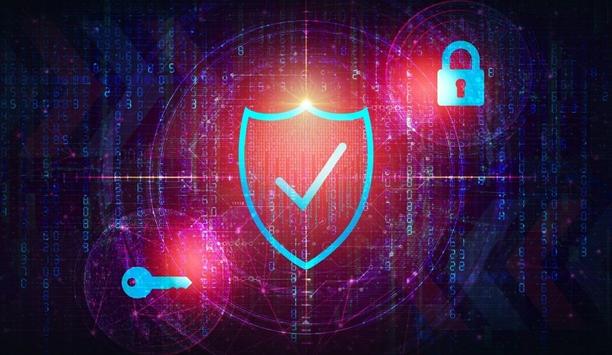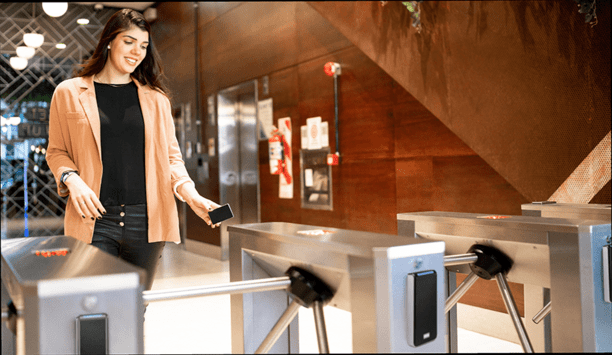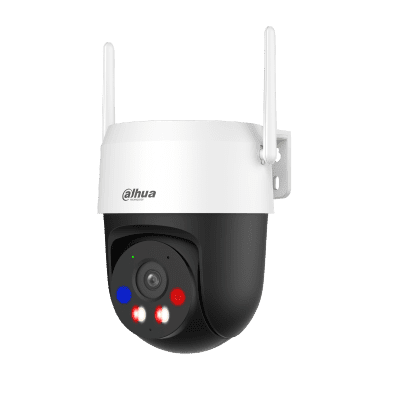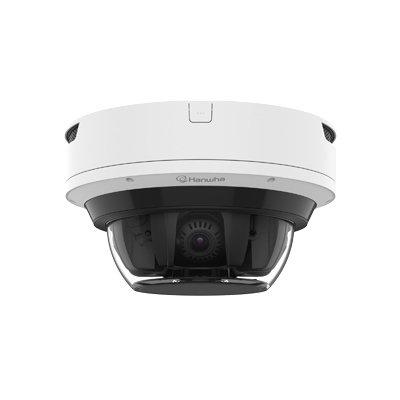OneLayer, the premier provider of private LTE/5G operational management and security solutions, announced a new integration with Palo Alto Networks, the cybersecurity pioneer, designed to address the challenges of deploying large-scale cellular devices efficiently.
This collaboration integrates Zero Touch Provisioning (ZTP) with comprehensive security management, streamlining the onboarding process and enhancing network security.
Advanced 5G NGFW technology
Enterprises often face obstacles when deploying SIM-based devices at scale.
This new integration combines OneLayer's expertise in SIM provisioning, activation, and device management, including onboarding validation, device authentication, and authorisation, with Palo Alto Networks advanced 5G enabled next generation firewall (NGFW) technology.
Configuration updates and connects
OneLayer first provisions and activates the NGFW's SIM profile, then it fingerprints the device
With the automated Zero Touch edge onboarding provided by OneLayer, enterprises gain a smooth deployment experience. OneLayer first provisions and activates the NGFW's SIM profile, then it fingerprints the device.
Only then, after assuring it's a valid device, does it register the Palo Alto Networks 5G enabled NGFW with Panorama, its central management platform, and connect it to the Palo Alto Networks Zero Touch Provisioning service, where the device automatically receives configuration updates and connects securely, ensuring a fully protected branch setup.
Integrating AI-powered Zero Trust security approach
"Together with OneLayer, a Private 5G ecosystem partner, Palo Alto Networks is revolutionising private cellular network adoption by integrating an AI-powered Zero Trust security approach with device provisioning, enabling critical industries to achieve digital transformation," said Leonid Burakovsky, VP, 5G Security Product Management at Palo Alto Networks.
The ZTP integration offers streamlined and secure onboarding by reducing manual processes, allowing enterprises to achieve faster rollouts with minimal errors, realise quicker ROI from their cellular network deployments, and efficiently scale their networks. Additionally, it reduces rollout costs for devices.
Private cellular networks
The ZTP integration offers streamlined and secure onboarding by reducing manual processes
"Through our integration, we're ensuring enterprises can manage their private cellular networks with the same strictness and efficiency as their IT networks," said Avishag Daniely, OneLayer VP Product.
"This solution bridges the security gap, providing operational excellence and streamlined management."
Zero Trust device and network management
Palo Alto Networks NGFWs deliver prevention-focused architecture that simplifies security management, while OneLayer Bridge™ offers an easy integration experience across network components, enabling Zero Trust device and network management.
The new integration will be showcased at MWC 2025. Visit the Palo Alto Networks and OneLayer booths to experience firsthand the advanced capabilities of this collaboration.





















